Worldbuilding is the foundation of any great Dungeons & Dragons (D&D) campaign. Whether you’re an aspiring Dungeon Master (DM) or a storyteller looking to create a rich and immersive fantasy world, knowing how to structure your world is essential. But where do you start? In this guide, we’ll break down a simple, effective method to build worlds that feel dynamic, cohesive, and full of potential for adventure.
For more advanced worldbuilding structures, check out our complete guide to worldbuilding with AI
Table of Contents
1. Give Your World a Conflict
Conflict is at the heart of every great story, and worldbuilding is no different. Without a central struggle, your world may feel like an elaborate theme park rather than a living, breathing setting. The key is to define a large-scale conflict that can drive the world’s history, factions, and player motivations.
Two Approaches to Conflict in Worldbuilding
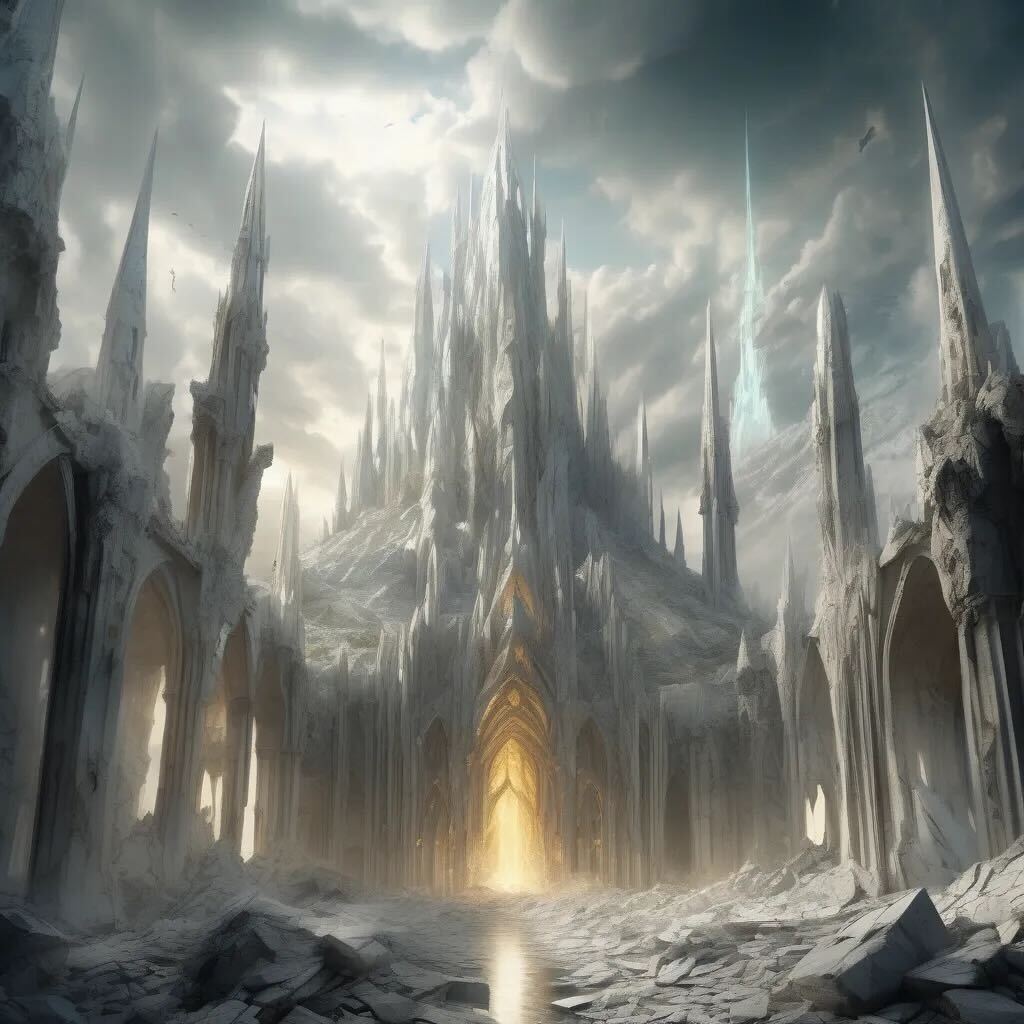
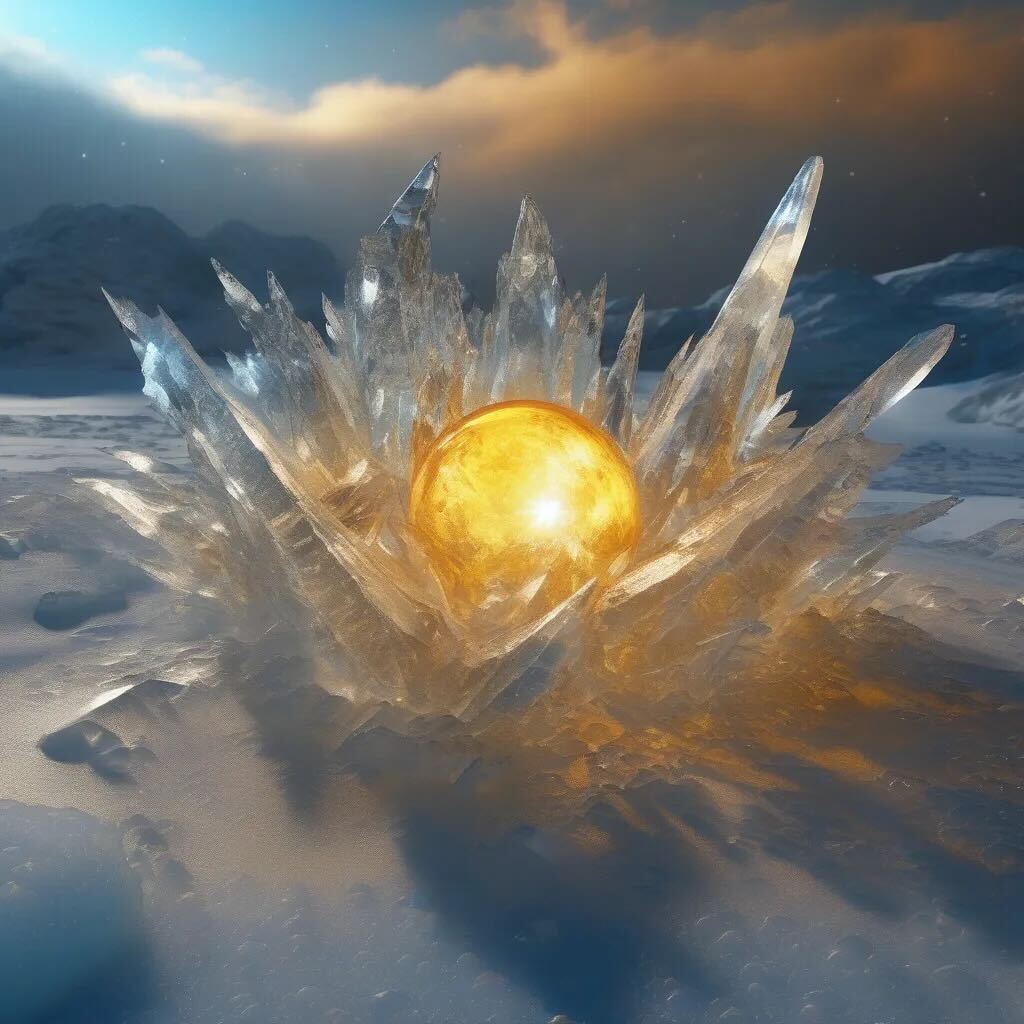
- Instability: This type of conflict arises from a major change to the status quo. Examples include:
- A dark force rising to power.
- A longstanding empire on the verge of collapse.
- A catastrophic event reshaping society.
- Unfamiliarity: This approach relies on making the world itself alien and different. Instead of an external event disrupting normalcy, the world is already strange and full of mystery. Examples include:
- A planet that has stopped rotating, dividing it into eternal night and endless day.
- A magical storm that reshapes geography every decade.
- A world where death itself has ceased, leading to overpopulation and resource crises.
Example Conflict: The Stillness
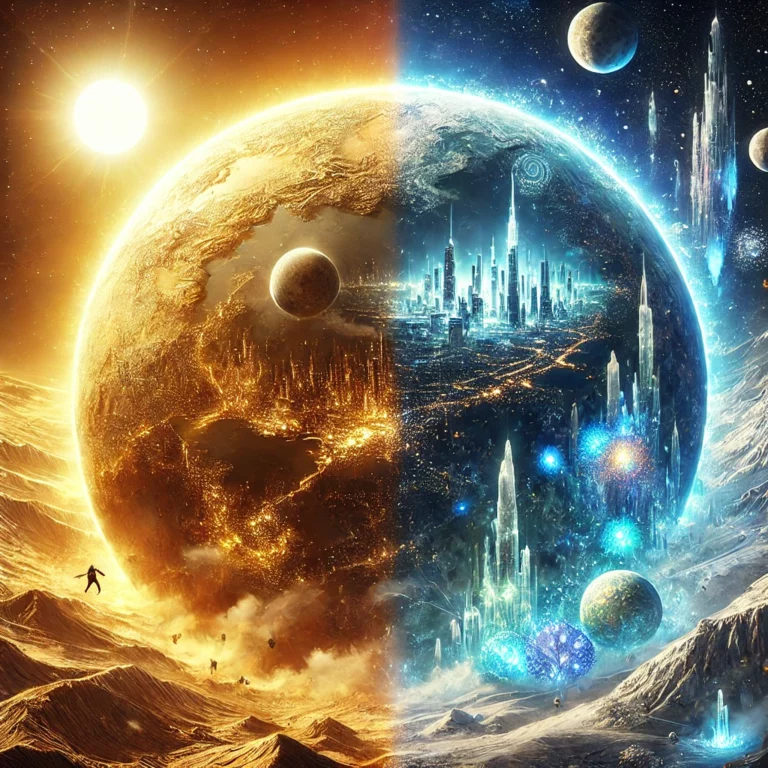
Imagine a D&D world where the planet suddenly stops rotating. One half is plunged into eternal darkness, while the other is bathed in unrelenting sunlight. Civilization must adapt, leading to massive upheavals, strange new societies, and desperate struggles for survival.
2. Introduce a Threat
A great world needs a great threat—something that looms over its people, driving their actions and shaping the setting’s conflicts. This could be:
- A tyrannical ruler imposing absolute control.
- A spreading plague of monstrous creatures.
- A supernatural phenomenon disrupting daily life.
Example Threat: The Silhouettes
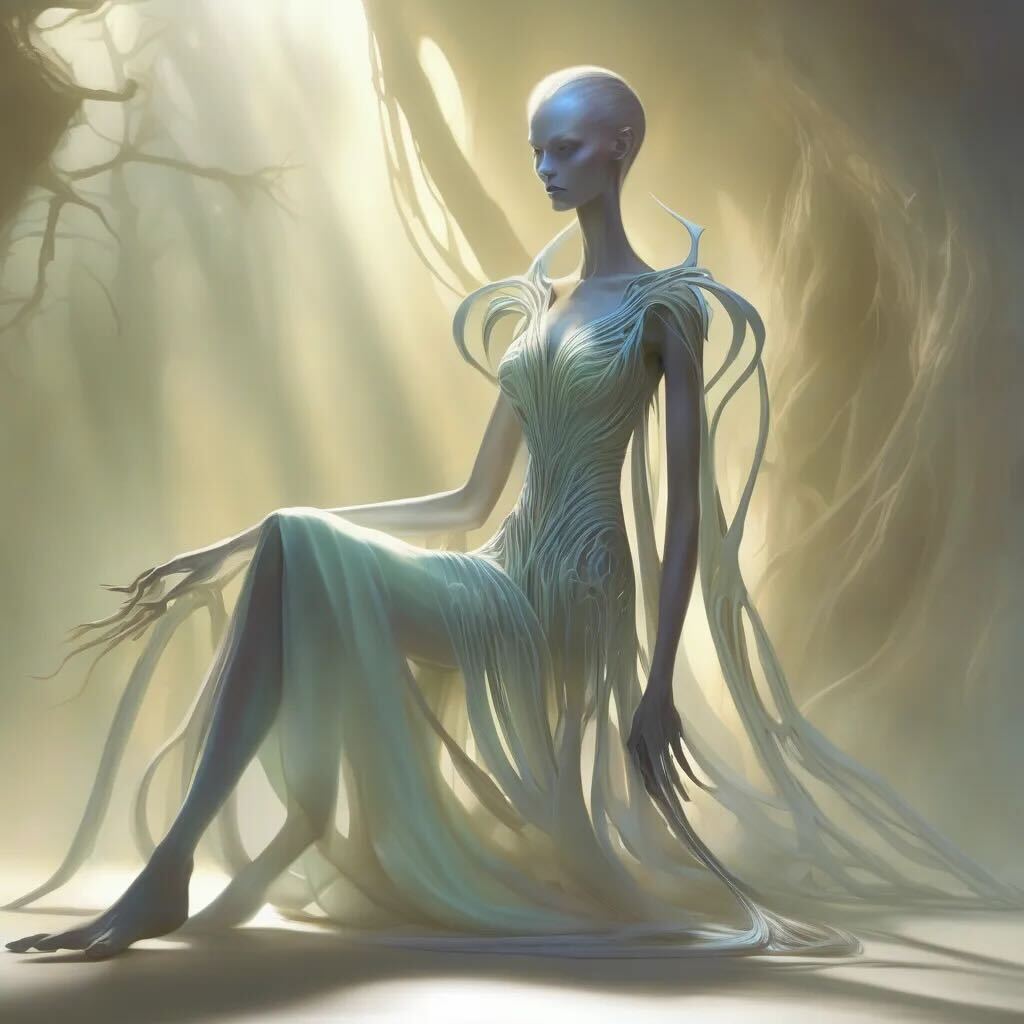

In our world of eternal night, a terrifying new force emerges: shadowy creatures known as Silhouettes. These beings crave the soul-light of living creatures, absorbing their essence and transforming them into more of their kind. The only defense against them? Arcane artificial suns that keep the darkness at bay.
3. Define a Clear Goal
A great world isn’t just a backdrop; it should actively encourage adventure. The setting itself should offer a clear goal or quest that naturally compels players to explore.
Example Goal: Reaching the Light
In our setting, no one has ever crossed from the dark half of the world to the light half. Legends say that salvation lies on the other side—perhaps a cure for the Silhouettes’ curse, untold riches, or the means to restart the planet’s rotation. But how do you cross the deadly twilight zone where shadows are at their thickest?
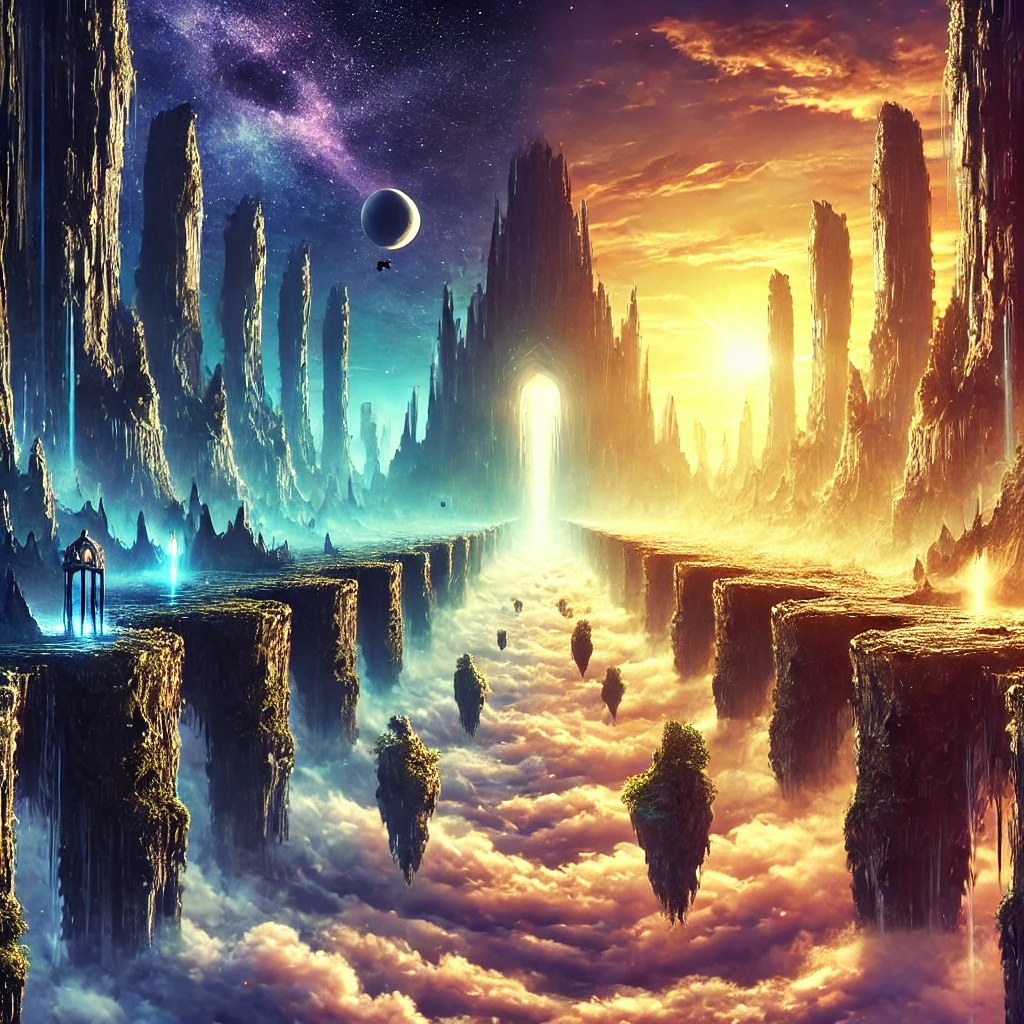
- Pro tip: To make your world’s goal even more engaging, you can use AI to develop rich character motivations, explore our AI character creation guide
4. Build Nations with Causality
Nations should feel like organic responses to your world’s challenges. Consider how societies might adapt to the setting’s conflict and threats.
Example: Nations
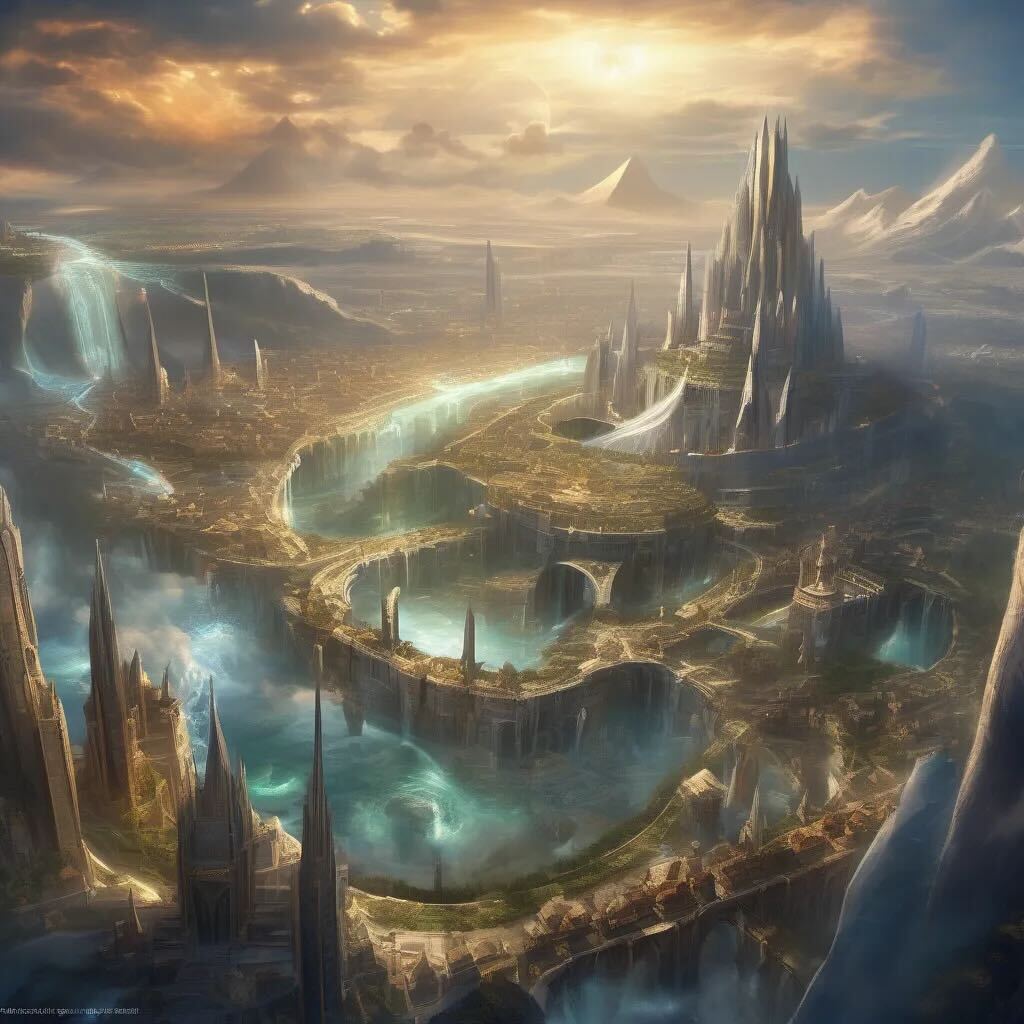
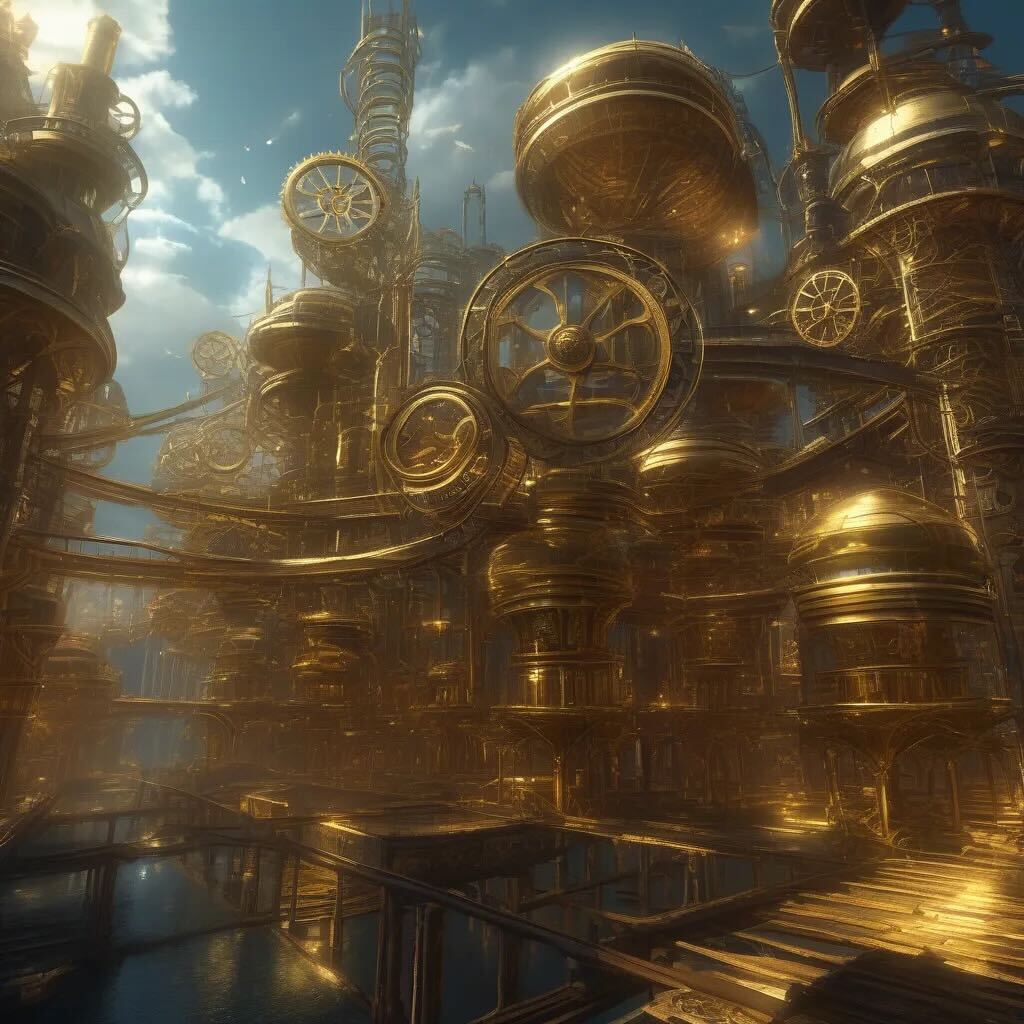
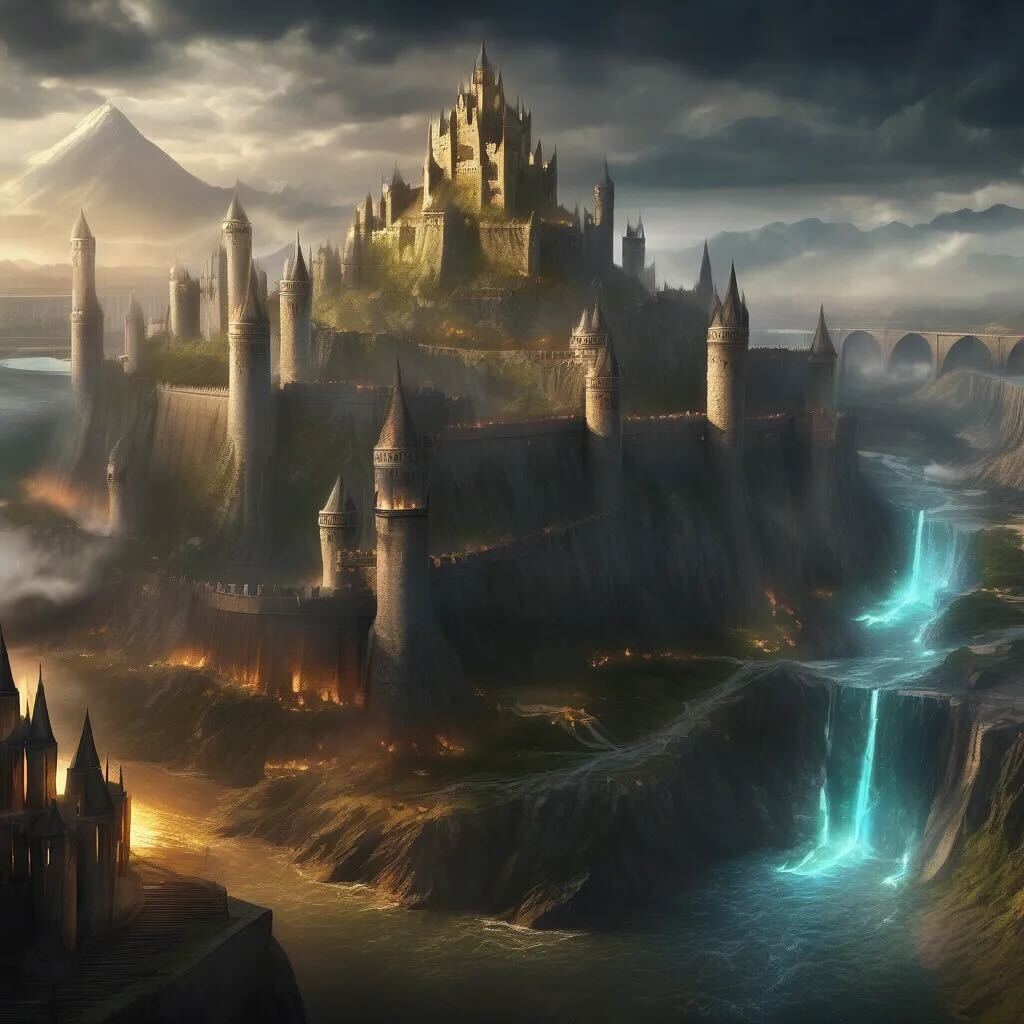
- The Enlightened State: A nation ruled by scholars and mages who created the first artificial suns. Only the most educated citizens have the right to vote and rule.
- The Industrial Guilds: A pragmatic society driven by technology and production. Social status depends on what you can create and sell.
- The Mercenary Empire: A militaristic nation where every citizen is trained as a soldier from birth, offering their services as elite warriors to outsiders.
🎥 Want to populate your nations with unique creatures, mounts, or magical beasts?
Check out our YouTube tutorial on How to Create DnD Creatures for an Enchanted Forest Campaign — you’ll learn how to design features, abilities, and lore-rich species that bring your factions to life.
5. Adapt Fantasy Races
Traditional fantasy races should be shaped by the setting rather than feeling arbitrarily placed. In our example world:
- High Elves claim a divine right to live in the brightest parts of cities under artificial suns.
- Wood Elves became shadow-dwelling survivors, altering their soul-light to avoid detection by Silhouettes.
- Drow and Underground Races were forced to the surface when the underdark became uninhabitable, leading to a tense integration with surface societies.
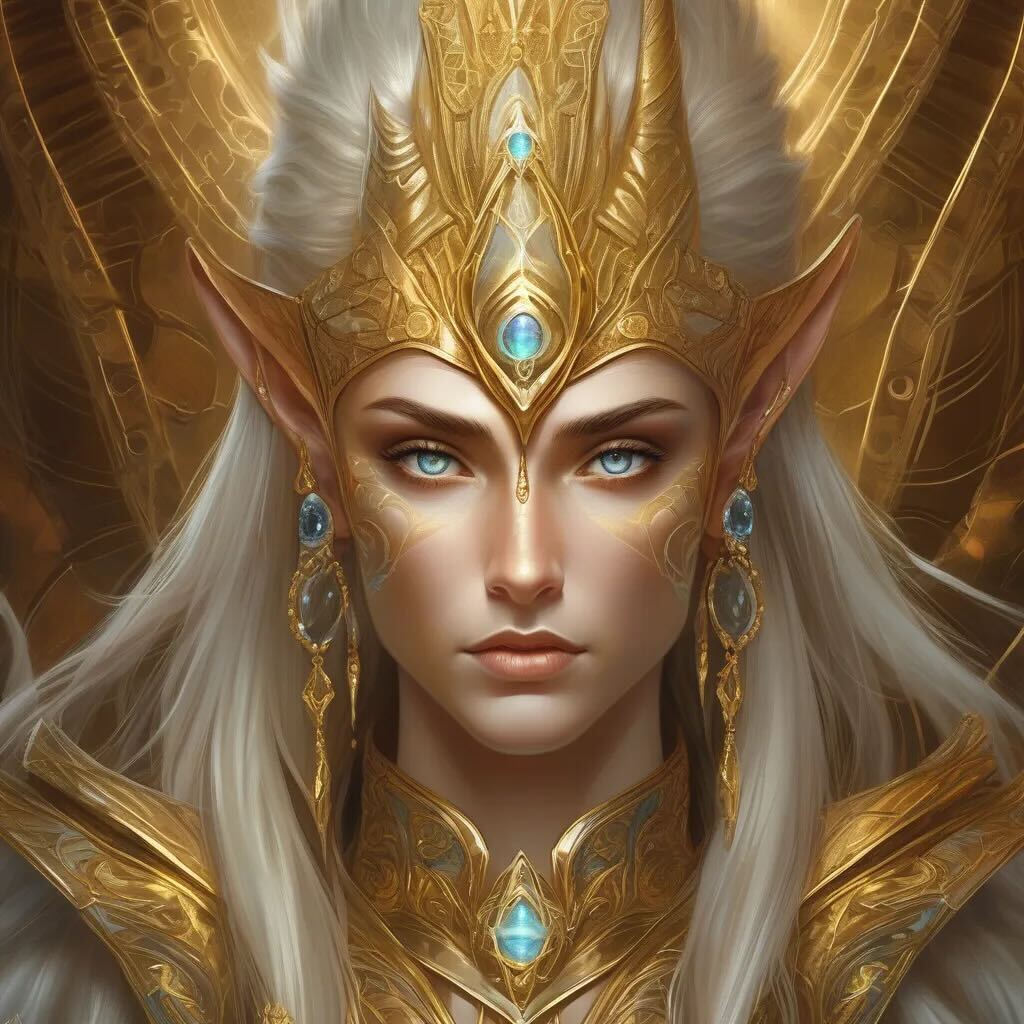
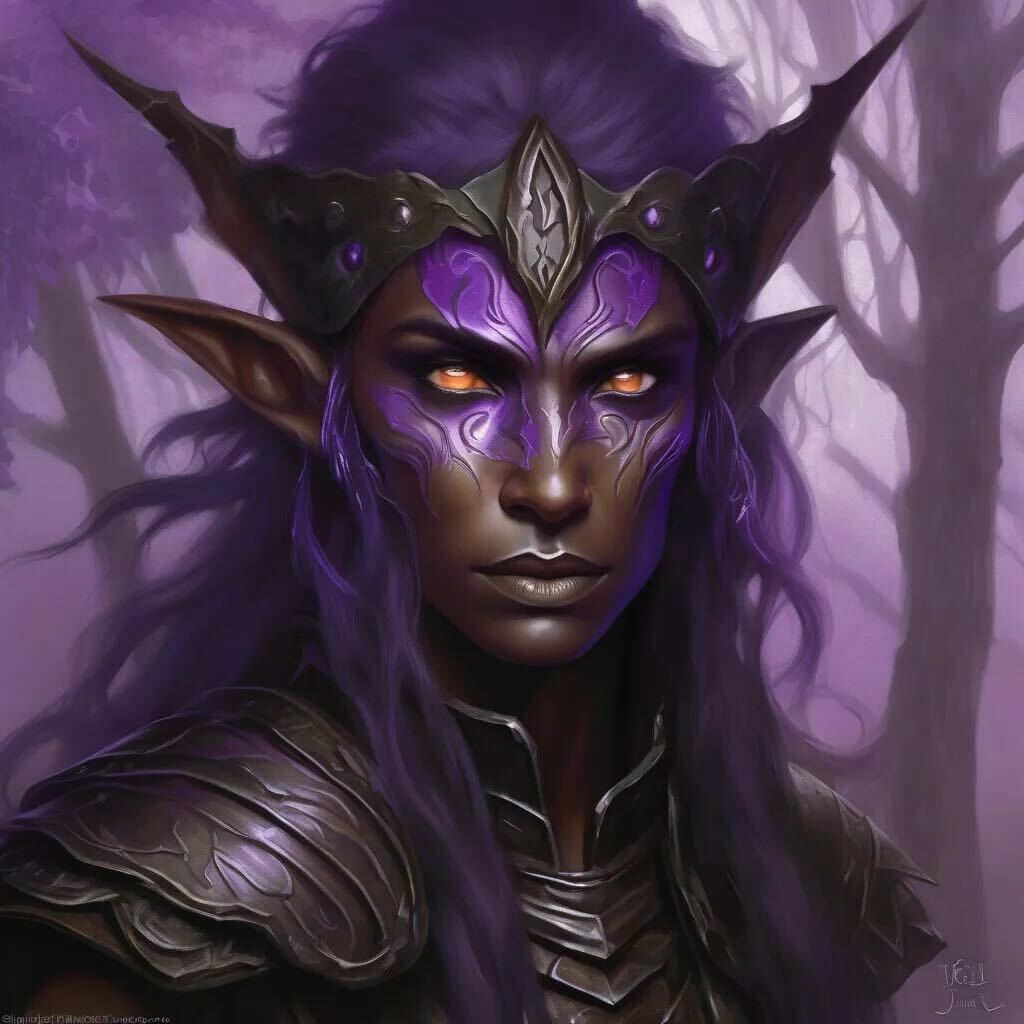
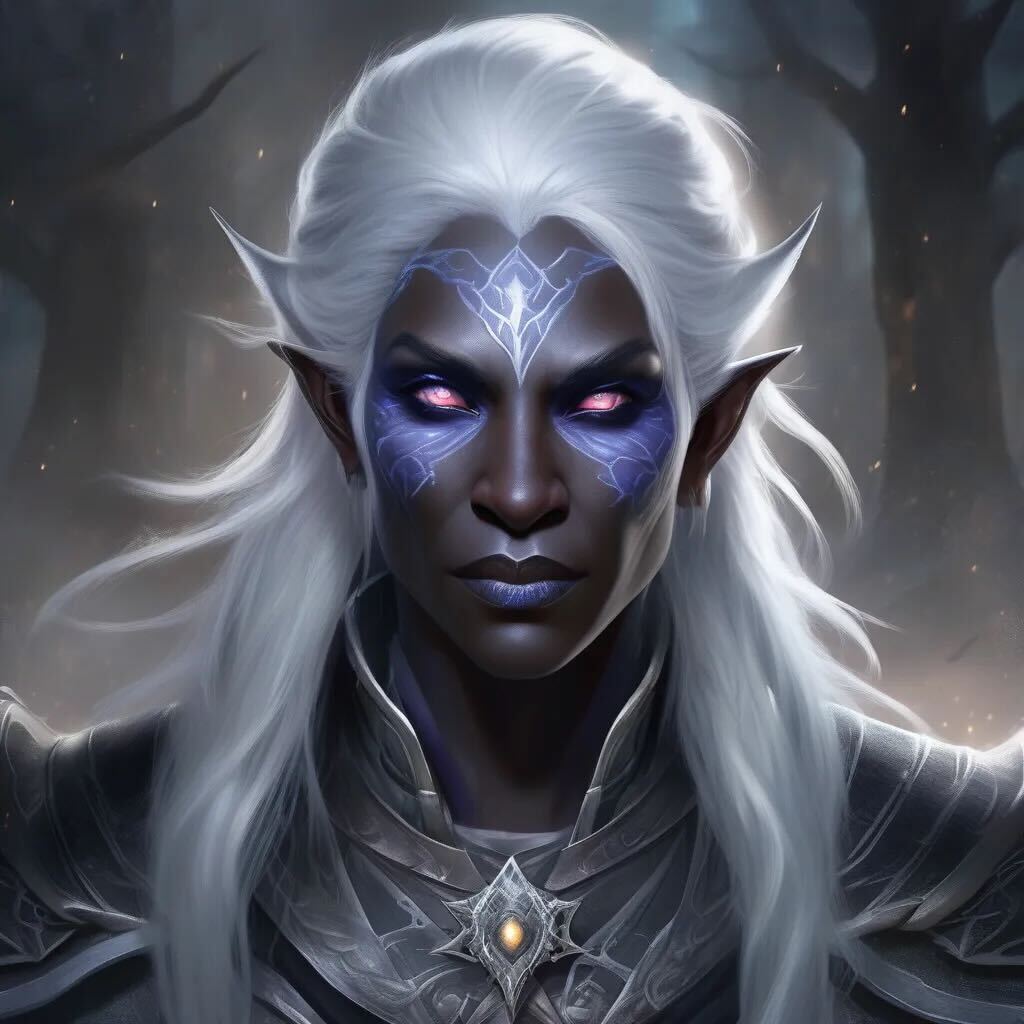
If you’re exploring how AI can support deeper race and culture creation, here’s how fantasy writers are using AI to build better worlds.
Applying This Method to Your World
This approach ensures that every element of your world, from its nations to its races, feels interconnected.
Define the major strokes (conflict, threat, and goal) before fleshing out details like factions, cities, and NPCs.
By focusing on causality, your setting will feel like a living, breathing world rather than a collection of disconnected ideas.
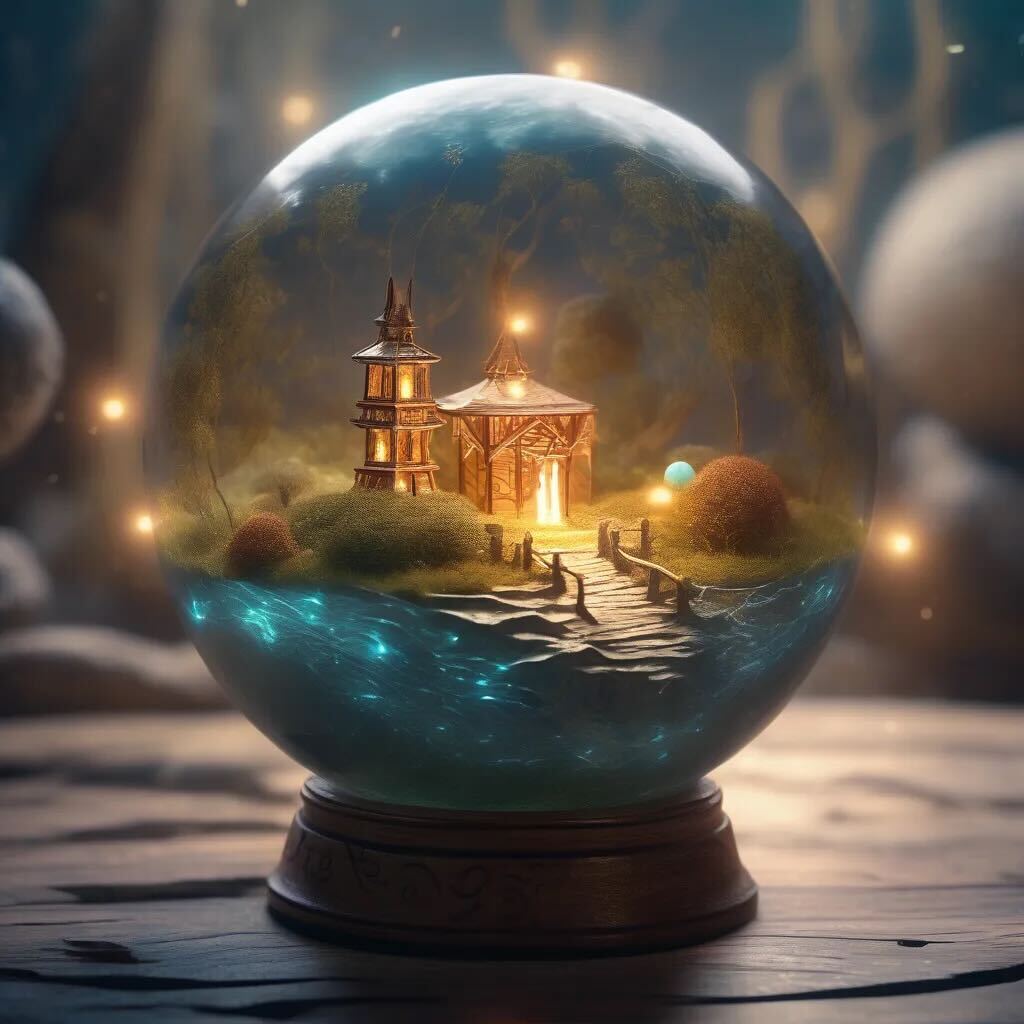
With this method, you’re well on your way to crafting a unique and immersive D&D setting. If you’re eager to dive deeper into worldbuilding, consider experimenting with different types of conflicts, threats, and goals to see how they shape your world’s history and storytelling potential. Want to visualize your world? Discover how to generate fantasy art with AI and bring your setting to life.
📽️ Bonus Resource:
Want to bring your fantasy locations to life visually?
Watch our YouTube video on How to Make 3D Locations for Your DnD Campaigns — perfect for Dungeon Masters who love immersive world design.
🎲 Your Dungeons and Dragons world deserves more than scattered notes.
Summon Worlds helps you map lore, manage factions, and organize everything in one place, designed specifically for worldbuilders like you.
Disclaimer: Summon Worlds and the content on summonworlds.com are not affiliated with, endorsed by, or sponsored by Wizards of the Coast LLC. Dungeons & Dragons, D&D, and related terms are registered trademarks of Wizards of the Coast. Any references to D&D game mechanics, settings, or terminology are made for educational, commentary, and fan content purposes only. This blog does not reproduce or distribute official D&D content. All original ideas, characters, and creative content in this post are the intellectual property of OpenForge LLC, the parent company of Summon Worlds.



